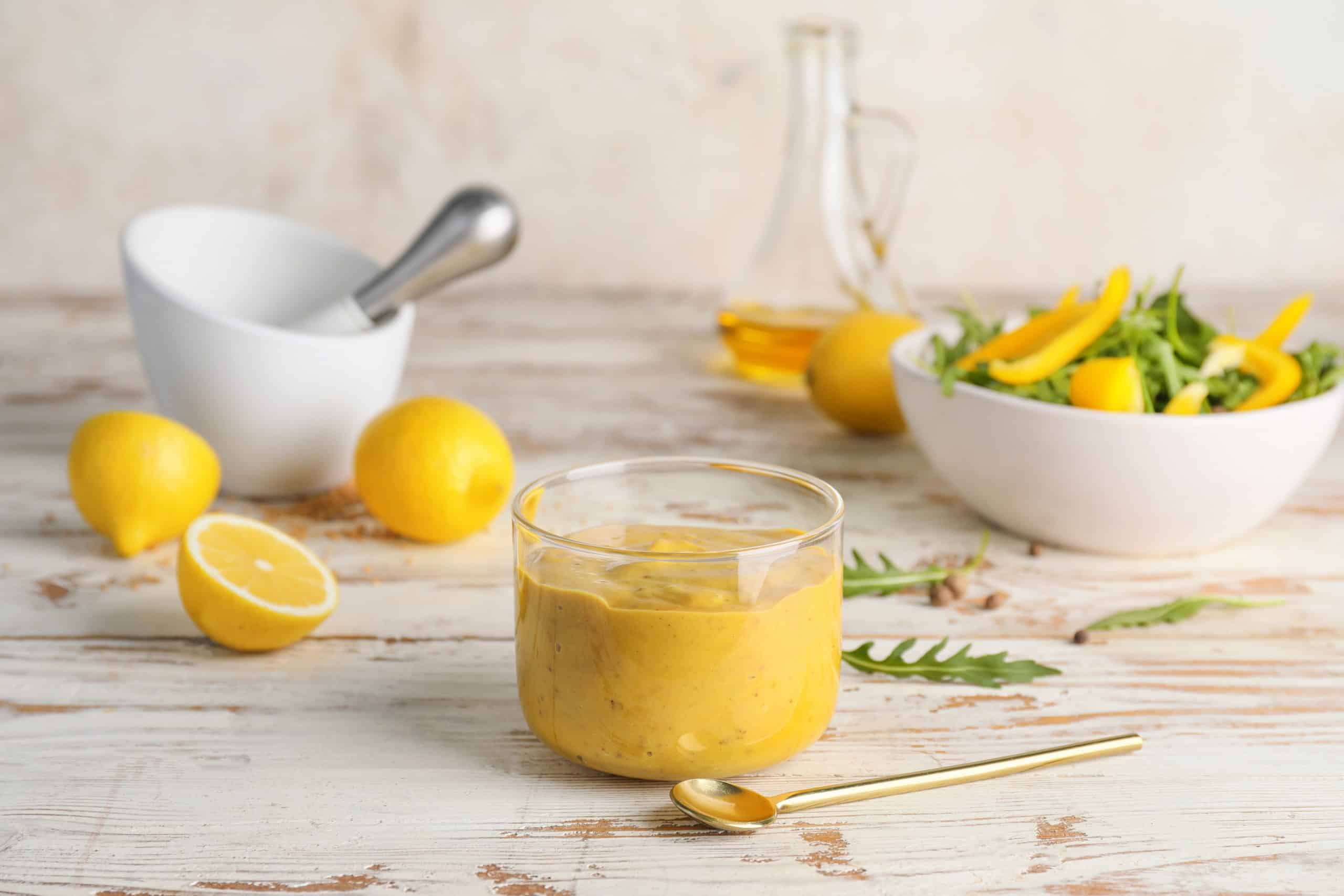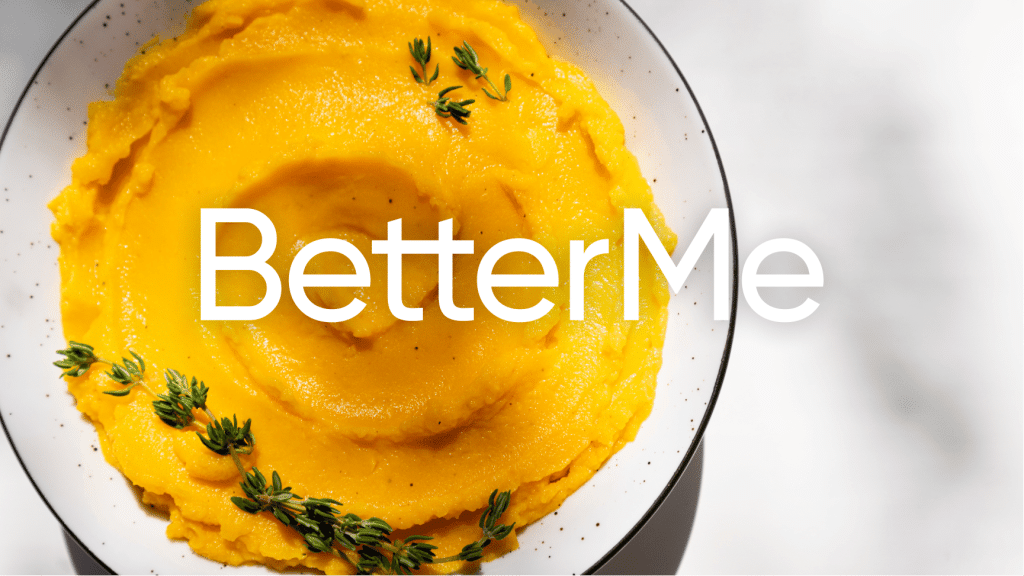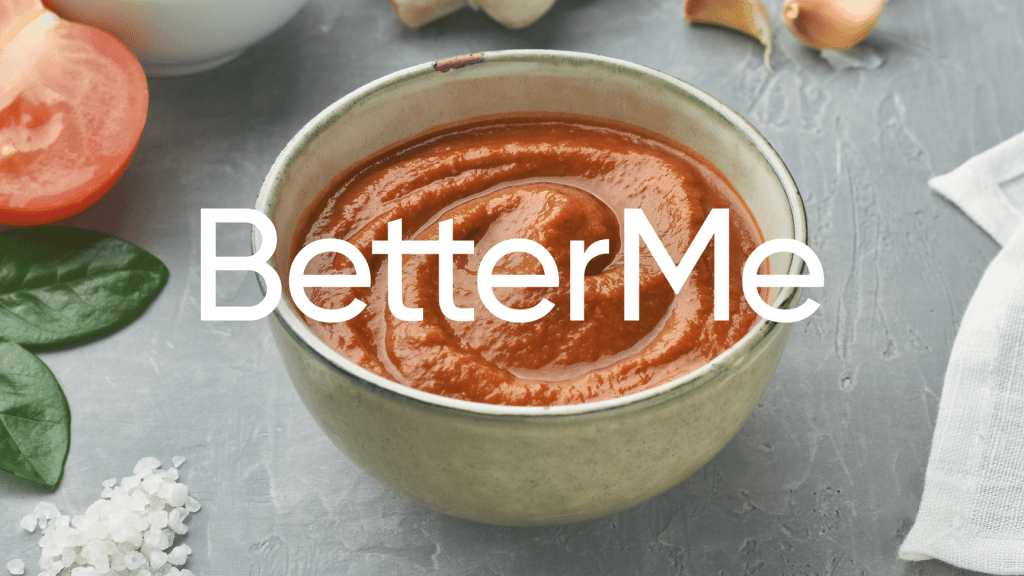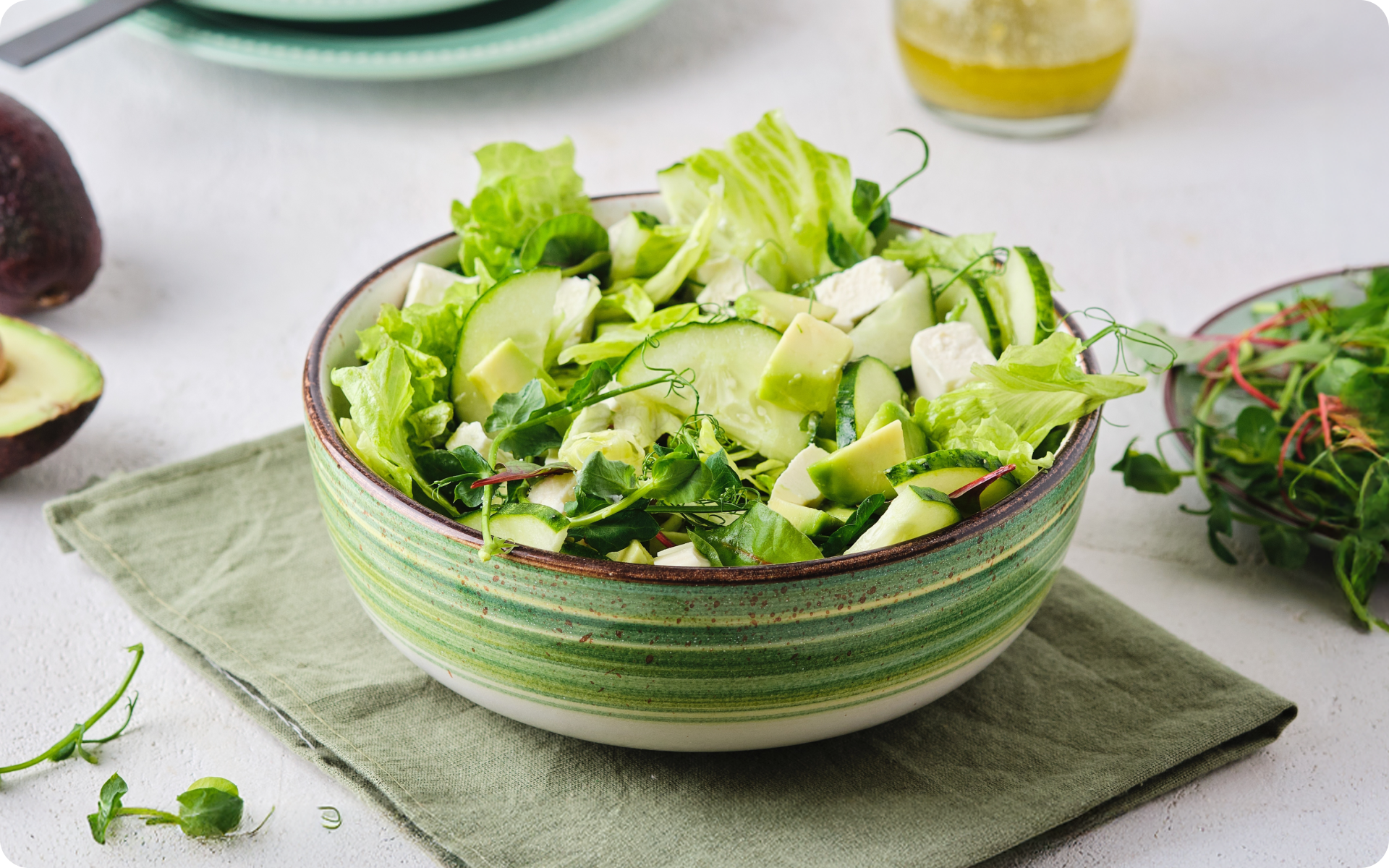The ketogenic diet — the low-carb, high-fat lifestyle that has taken the world by storm. From celebrities to your local gym-rat, everyone is hopping on the keto train to shed those extra pounds and feel confident in their bodies. But as with any diet, the question remains: what foods are allowed, and which ones are a big no-no? For condiment lovers, this can be a particularly tricky question to answer. That’s why today we’re taking a closer look at one of the most beloved condiments out there— mustard. Is this tasty and tangy sauce keto-friendly, or will it derail your diet efforts? Let’s explore the facts so you can keep your meals tasty and on track.
What Are Keto-Friendly Foods?
The ketogenic diet is a high-fat, low-carbohydrate, and moderate-protein diet designed for burning fat instead of glucose for fuel (3). By limiting carb intake, the body undergoes a metabolic process called ketosis, where it produces ketones from stored fat to use as energy, leading to weight loss and other benefits.
The macronutrient ratios for the standard ketogenic diet are roughly 75% fat, 20% protein, and 5% carbohydrates. When it comes to achieving ketosis and maintaining it, prioritizing healthy fats is crucial.
In addition to the standard ketogenic diet, there are other variations that allow a higher and more balanced intake of carbs. This includes the Targeted Ketogenic Diet (TKD), Cyclical Ketogenic Diet (CKD), and Modified Atkins Diet (MAD). Each of these variations has its own macro breakdown and guidelines (1).
Keto-friendly foods for any variation you choose include high-fat meats, fish, non-starchy vegetables, nuts and seeds, dairy products with no added sugars (e.g., cheese, cream), and healthy oils like olive oil.
Essentially, for a food to be considered keto-friendly, it must have the following qualities:
Low Carbohydrate Content
As carb intake must be limited to achieve and maintain ketosis, a food item or condiment needs to have low carbohydrate content (4). Generally, foods with less than 5g of carbohydrates per serving are ideal. For instance, cauliflower rice, coconut flour, and almond flour all have lower carbohydrate content compared to their traditional counterparts.
Read More: Is Mustard Gluten Free For Guilt-Free Pleasures?
High Healthy Fat Content
Since fats play a vital role in the ketogenic diet, a keto-friendly product should contain high amounts of healthy fats (4). When it comes to fats, sticking to sources like avocados, nuts and seeds, olive oil, coconut oil, and ghee is recommended.
Avoidance Of Sugar
Sugar, natural or added, is a significant no-no while following the ketogenic diet (4). It’s crucial to read labels thoroughly to check for any form of added sugars. For example, sugar-free ketchup and mustards are keto-friendly condiment alternatives, whereas the traditional versions usually contain added sugars.
Usage Of Non-Gluten Flours
Gluten-containing flours should be avoided while following a keto diet, as they are high in carbohydrates. As substitutes, almond flour, coconut flour, psyllium husk, and flaxseed flour make wonderful alternatives. A great example of a keto-friendly bread option is keto bread made with almond and coconut flour instead of wheat flour.
Alternatives To Traditional Condiments With Sugar
Condiments such as ketchup, BBQ sauce, honey mustard, and teriyaki sauce differ in sugar content. Fortunately, most of these condiments also have low-sugar alternatives. For instance, instead of consuming traditional condiments, a homemade vinaigrette with olive oil and vinegar or salsa with low-carb veggies like tomato makes an excellent alternative.
A Nutritional Breakdown On What’s In A Mustard
According to the USDA National Nutrient Database, one tablespoon (approximately 5 grams) of mustard contains (2):
Calories: 10.2 | Total Carbohydrates: 1.8g | Total Fat: 2.3g | Protein: 1.6g
Mustard is a low-calorie, low-carb condiment that can add flavor to your meals without derailing your keto diet efforts.
In addition to being low in calories and carbs, mustard is also an abundant source of essential vitamins and minerals.
Here is a list of some of the nutrients contained in one tablespoon of mustard:
Sodium: 0.26mg | Potassium: 14.8mg | Phosphorus: 16.6mg | Calcium: 5.32mg | Magnesium: 370mg | Vitamin C: 0.21mg | Iron: 9.21mg
Mustard is particularly high in sodium, which can help with electrolyte balance while on a keto diet. However, individuals with hypertension should be careful with their sodium intake.
Whether you’re a workout beast or just a beginner making your first foray into the world of fitness and dieting – BetterMe has a lot to offer to both newbies and experts! Install the app and experience the versatility first-hand!
So, Is Mustard Keto Friendly?
Mustard is actually a keto-friendly condiment, as it is generally low in carbohydrates. One tablespoon of mustard contains around 0.2 grams of total carbohydrates, which is well within the recommended daily carbohydrate limit on the keto diet of 20-50 grams per day.
However, it is vital to check the label of the specific mustard brand you are using to make sure it is not high in sugar or other high-carb ingredients. Some mustard varieties, such as honey mustard or sweet mustard, may contain added sugars and should be avoided when following a keto diet.
Mustard Types That May Not Be Suitable For A Keto Diet
While mustard is generally considered a keto-friendly condiment, some types may not be suitable for those following a keto diet.
Here are some examples:
Honey Mustard
Honey mustard is not keto-friendly due to the high sugar content from honey. A tablespoon of honey mustard can contain anywhere from 5-7 grams of carbohydrates, which can take up a significant portion of your daily allowance on a keto diet.
Sweet Mustard
Sweet mustards usually contain added sugars, such as brown sugar or molasses, making them unsuitable for a keto diet. One tablespoon of sweet mustard can contain up to 4 grams of carbohydrates.
Fruit-Flavored Mustard
Mustards flavored with fruits, such as apricot or raspberry, can contain added sugars. This makes them high in carbohydrates and unsuitable for a keto diet. A tablespoon of fruit-flavored mustard can contain up to 3 grams of carbohydrates.
Read More: Mustard Greens Benefits, Nutrition Facts, Side Effects, And Meal Ideas
Keto-Friendly Honey Mustard Alternatives
If you’re a fan of the sweet and tangy flavor of some types of mustard that aren’t keto-friendly, the alternatives below may come in handy:
Whole Grain Mustard
Whole-grain mustard is another great option that is keto-friendly. It has a coarse texture and a nutty flavor, and it contains only a few simple ingredients with no added sugars.
Spicy Brown Mustard
Spicy brown mustard is a keto-friendly alternative that has a similar flavor to honey mustard but with a more pungent kick. Be sure to check the label to ensure that it does not have any added sugars or high-carb ingredients.
Homemade Keto-Friendly Mustard
You can easily make your own keto-friendly mustard at home using a few simple ingredients, such as mustard seeds, apple cider vinegar, and herbs. This will allow you to control the quality and ingredients of your mustard and tailor it to your personal taste preferences.
Sweetened Dijon Mustard
If you prefer a sweeter flavor, stevia or monk fruit extract can be used as natural sweeteners to make a keto-friendly alternative to honey mustard. Simply mix Dijon mustard with the sweetener of your choice until you have reached the desired level of sweetness.
Tips For Reading Mustard Labels Correctly
When reading food labels to determine if a particular mustard is keto-friendly, be sure to check the total carbohydrate content and the ingredients list. Look for mustards that contain fewer than 1 gram of total carbohydrates per serving and that do not have added sugars or other high-carb ingredients.
Note the difference between the words “total carbohydrates” and “sugars”. Total carbohydrates include both sugars and other types of carbohydrates, while the “sugars” field includes only naturally occurring and added sugars.
Also, be aware of sneaky ingredient names that may indicate added sugars, such as high fructose corn syrup, honey, or molasses. If these ingredients are present, the mustard is likely not suitable for a keto diet.
Thirdly, pay close attention to serving sizes. Some smaller containers may contain more than one serving, so make sure you are calculating the total carbohydrate content correctly.
Lastly, if in doubt, it is best to opt for a plain variety of mustard or another keto-friendly condiment, such as olive oil or avocado oil mayonnaise.
Dropping pounds by the dozens without putting yourself through the wringer is everyone’s weight loss pipe dream. But what if we told you that the BetterMe app can make that happen? Keep yourself in prime shape with our fat-blasting workouts, delicious budget-sparing recipes, and body-transforming challenges with our app!
How To Incorporate Mustard Into Your Keto Meal Plan?
You can include mustard in your keto diet in various ways.
Here are some tips you can apply:
- Spread Dijon mustard on top of salmon or chicken before baking for a flavorful crust.
- Add mustard to a homemade salad dressing made with olive oil, apple cider vinegar, and herbs.
- Use mustard as a dip for steamed or roasted cauliflower, broccoli, or other low-carb veggies.
- Use a mixture of mayonnaise and mustard as a spread for lettuce wraps filled with deli meat and cheese.
- Use spicy mustard as a dip for sliced cucumber, radish, and carrot sticks.
- Mix mustard with coconut aminos and sesame oil to create a flavorful marinade for grilled or roasted chicken.
- Add a dollop of mustard to your omelet or scrambled eggs for added flavor.
- Spread a teaspoon of mustard on a low-carb wrap or lettuce wrap before piling on meat and veggies.
- Use mustard in place of high-carb tomato sauce on homemade pizza topped with low-carb veggies and cheese.
- Create a delicious sauce for grilled or roasted pork by mixing mustard with Worcestershire sauce and a dash of hot sauce.
- Add a bit of mustard to a cup of bone broth for a tangy and flavorful twist.
- Mix mustard with mashed avocado for a low-carb and high-fat dip for veggies or crackers made from almond flour.
- Combine mustard with olive oil, garlic, and fresh herbs to make a keto-friendly salad dressing.
- Mix mustard with cream cheese and smoked salmon for a high-fat, low-carb spread to enjoy on top of celery or cucumber slices.
When it comes to the amount and frequency of mustard intake, one tablespoon of mustard contains around 0.2 grams of total carbohydrates, which is a negligible amount and can easily fit within the daily recommended range of 20-50 grams of carbs per day for those following a keto diet.
Conclusion
Mustard is a great keto-friendly condiment, as it generally contains only a trace amount of carbohydrates. Just be sure to read the label of your chosen mustard to make sure it does not contain any added sugars or other high-carb ingredients.
Additionally, it’s important to be mindful of your sodium intake on a keto diet, as many types of mustard contain high levels of sodium.
DISCLAIMER:
This article is intended for general informational purposes only and does not serve to address individual circumstances. It is not a substitute for professional advice or help and should not be relied on for making any kind of decision-making. Any action taken as a direct or indirect result of the information in this article is entirely at your own risk and is your sole responsibility.
BetterMe, its content staff, and its medical advisors accept no responsibility for inaccuracies, errors, misstatements, inconsistencies, or omissions and specifically disclaim any liability, loss or risk, personal, professional or otherwise, which may be incurred as a consequence, directly or indirectly, of the use and/or application of any content.
You should always seek the advice of your physician or other qualified health provider with any questions you may have regarding a medical condition or your specific situation. Never disregard professional medical advice or delay seeking it because of BetterMe content. If you suspect or think you may have a medical emergency, call your doctor.
SOURCES:
- The 3 Ketogenic Diets Explained: SKD, CKD & TKD (2017, ruled.me)
- Spices, mustard seed, ground (2018, usda.gov)
- Ketogenic Diet (2022, nih.gov)
- The Chemistry of the Ketogenic Diet: Updates and Opportunities in Organic Synthesis (2021, nih.gov)















